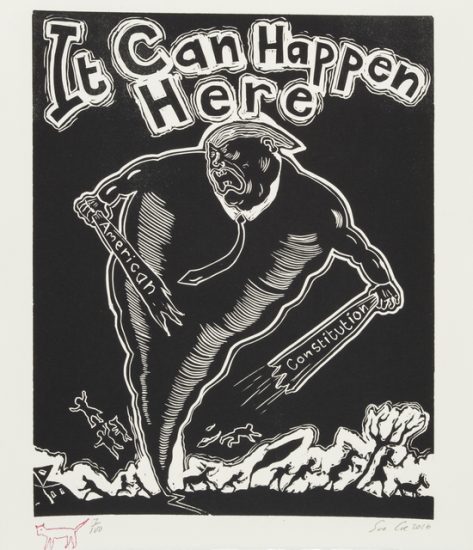
Sue Coe, It Can Happen Here, linocut on thin white Rives paper, 2016 (photo courtesy Galerie St. Etienne)
Who: Sue Coe, Stephen F. Eisenman
What: Live conversation and Q&A
Where: Galerie St. Etienne Zoom
When: Wednesday, December 2, free with RSVP, 6:00
Why: On November 7, English-born American artist Sue Coe said, “I am beside myself with joy, but it’s not exactly a revolution. The reality is that four to five million more Americans voted for Biden/Harris than for Trump. Although capitalist democracy beat fascism by a razor thin margin, our electoral system still benefits cruel bullying overlords. The struggle continues. . . .” The vote differential is now more than six million, but the struggle continues, especially with an incumbent president who refuses to concede and keeps tweeting about voter fraud with zero evidence. On December 2 at 6:00, Coe, who lives in Upstate New York, will have more to say about the state of the country in a live Zoom discussion with art historian, activist, Anthropocene Alliance cofounder, and Northwestern University professor Stephen F. Eisenman, author of The Temptation of Saint Redon, Gauguin’s Skirt, and The Abu Ghraib Effect and who has collaborated with Coe on her book The Ghosts of Our Meat and the new pamphlet American Fascism Now.
The talk, “Rebuilding Democracy,” is being hosted by Galerie St. Etienne, the midtown gallery that is showing “Sue Coe: It Can Happen Here” through December 30. The exhibition consists of more than eighty paintings, drawings, lithographs, linocuts, and woodcuts that deal with such issues as anti-Semitism, AIDS, animal abuse, the pandemic, police brutality, greed, torture, government corruption, and the Trump administration, the president being a favorite target of vitriol. Be sure to read the exhibition essay, which begins, “People often ask Sue Coe, ‘Did you think it was going to be this bad?’ A proverbial canary in the coal mine, the artist has been ‘tweeting’ out warnings since the 1980s. In her view, the problems that plague us — zoonotic diseases, systemic racism, inadequate healthcare, rising income inequality, global warming, and countless other related ills — are the result of an undiluted form of capitalism that puts profits above individual lives. Forty years of such skewed priorities conditioned America’s grotesque bungling of the Covid crisis and have brought us to the brink of fascism. On the other hand, the Black Lives Matter protests — which are broadly supported by people of all colors — offer hope that it is not too late to take back our democracy. ‘The tectonic plates are shifting and colliding,’ Coe says, ‘allowing us to see the primordial depths below. The question is whether we can rise to the occasion.’”
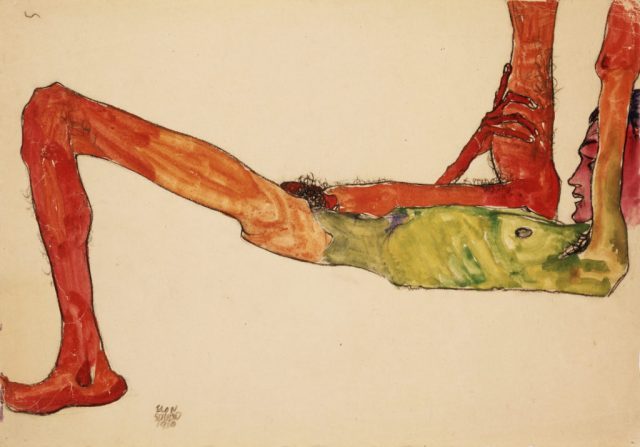
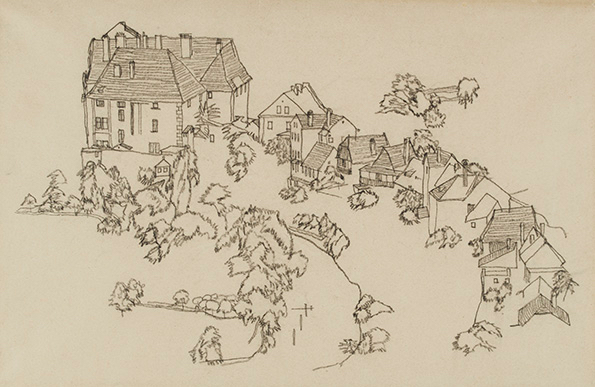
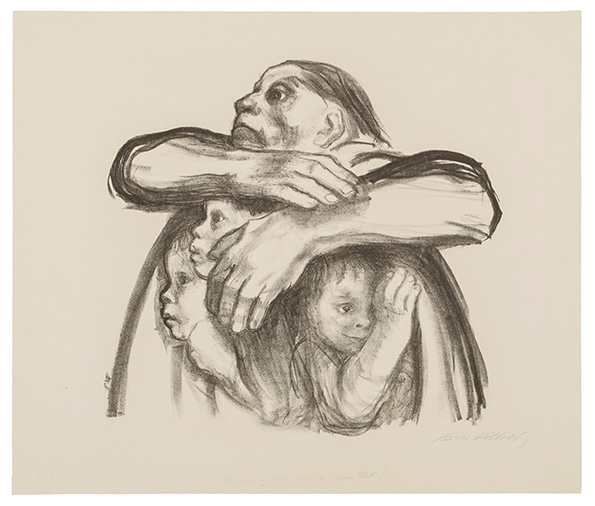
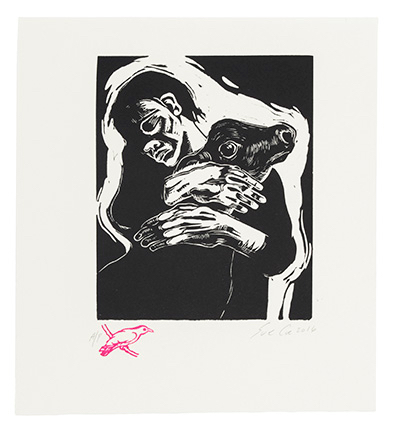
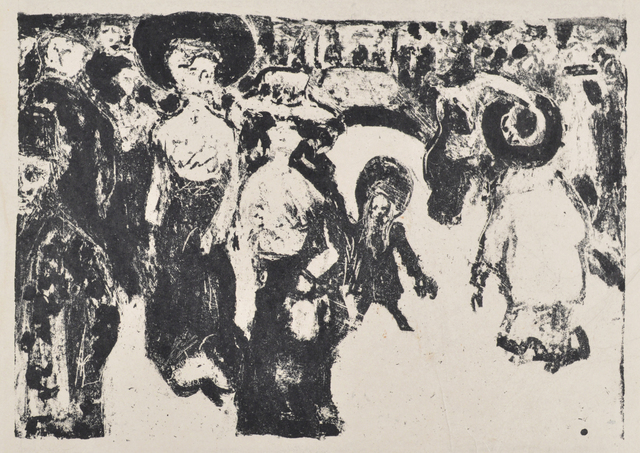
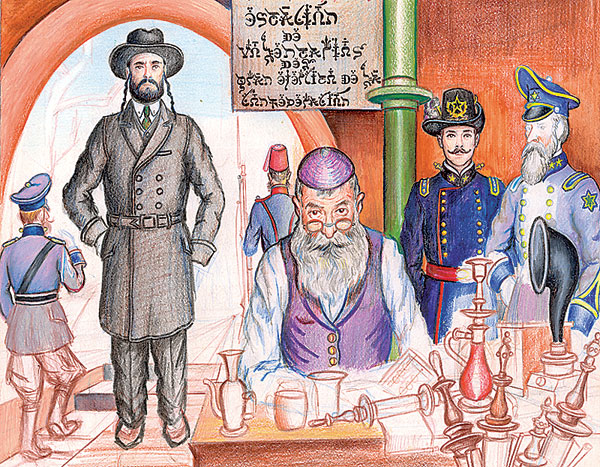
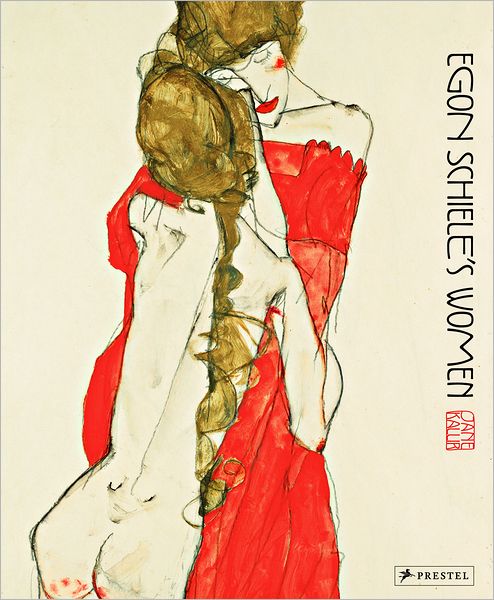
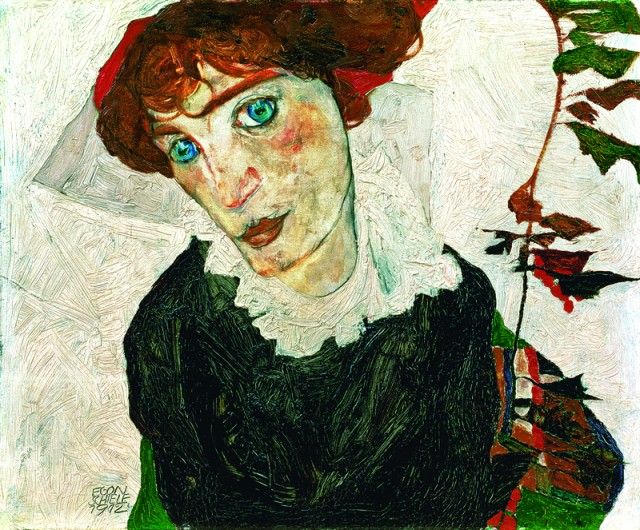
 An exciting, fast-paced documentary set in the high-stakes art world, Andrew Shea’s Portrait of Wally is a gripping real-life legal thriller, complete with international intrigue, love and death, class warfare, lies and deception, and Nazis. In 1912, Austrian artist Egon Schiele painted a small portrait of his mistress, Walburga (“Wally”) Neuzil, in addition to a companion self-portrait. In 1939, the painting of Wally was stolen from art dealer Lea Bondi’s personal collection by Friedrich Welz, a Nazi who had also taken over Bondi’s gallery because she was Jewish. When the painting suddenly showed up in New York City in 1997 as part of the Museum of Modern Art’s “Egon Schiele: The Leopold Collection” exhibition, a furious, angry thirteen-year battle ensued over ownership of the work, involving Manhattan district attorney Robert Morgenthau; MoMA director Glenn D. Lowry; Sharon Cohen Levin, chief of the Asset Forfeiture Unit of the U.S. Attorney’s Office; investigator Willi Korte of the Holocaust Art Restitution Project; Schiele-obsessed art collector Rudolf Leopold; and the Bondi family. Other major museums sided with MoMA in a concerted effort to prevent the government from returning the painting to the Bondis, claiming that it would seriously damage the ability of art institutions to bring works on loan for exhibition in the United States; interestingly, Lowry and MoMA chairman Ronald S. Lauder, who is also the head of the Commission for Art Recovery and displays many of Schiele’s paintings and drawings at his Neue Galerie in New York City, opted not to speak with Shea, but the filmmaker did meet with Morgenthau, Levin, André Bondi, New York Times reporter Judith Dobrzynski, 60 Minutes journalist Morley Safer, Galerie St. Etienne owner and Schiele expert Jane Kallir, and others who share fascinating details about the personal and professional history of Schiele and the painting as well as the inner workings of the art world. Mixing archival footage with new interviews, Shea and his wife, editor Melissa Shea, tell a compelling tale of global importance filled with powerful emotion that, in many ways, evokes the feeling one gets when looking closely at a master work of art. But Portrait of Wally is about a lot more than just art; it is also about memory, about family, about responsibility, and about justice.
An exciting, fast-paced documentary set in the high-stakes art world, Andrew Shea’s Portrait of Wally is a gripping real-life legal thriller, complete with international intrigue, love and death, class warfare, lies and deception, and Nazis. In 1912, Austrian artist Egon Schiele painted a small portrait of his mistress, Walburga (“Wally”) Neuzil, in addition to a companion self-portrait. In 1939, the painting of Wally was stolen from art dealer Lea Bondi’s personal collection by Friedrich Welz, a Nazi who had also taken over Bondi’s gallery because she was Jewish. When the painting suddenly showed up in New York City in 1997 as part of the Museum of Modern Art’s “Egon Schiele: The Leopold Collection” exhibition, a furious, angry thirteen-year battle ensued over ownership of the work, involving Manhattan district attorney Robert Morgenthau; MoMA director Glenn D. Lowry; Sharon Cohen Levin, chief of the Asset Forfeiture Unit of the U.S. Attorney’s Office; investigator Willi Korte of the Holocaust Art Restitution Project; Schiele-obsessed art collector Rudolf Leopold; and the Bondi family. Other major museums sided with MoMA in a concerted effort to prevent the government from returning the painting to the Bondis, claiming that it would seriously damage the ability of art institutions to bring works on loan for exhibition in the United States; interestingly, Lowry and MoMA chairman Ronald S. Lauder, who is also the head of the Commission for Art Recovery and displays many of Schiele’s paintings and drawings at his Neue Galerie in New York City, opted not to speak with Shea, but the filmmaker did meet with Morgenthau, Levin, André Bondi, New York Times reporter Judith Dobrzynski, 60 Minutes journalist Morley Safer, Galerie St. Etienne owner and Schiele expert Jane Kallir, and others who share fascinating details about the personal and professional history of Schiele and the painting as well as the inner workings of the art world. Mixing archival footage with new interviews, Shea and his wife, editor Melissa Shea, tell a compelling tale of global importance filled with powerful emotion that, in many ways, evokes the feeling one gets when looking closely at a master work of art. But Portrait of Wally is about a lot more than just art; it is also about memory, about family, about responsibility, and about justice.